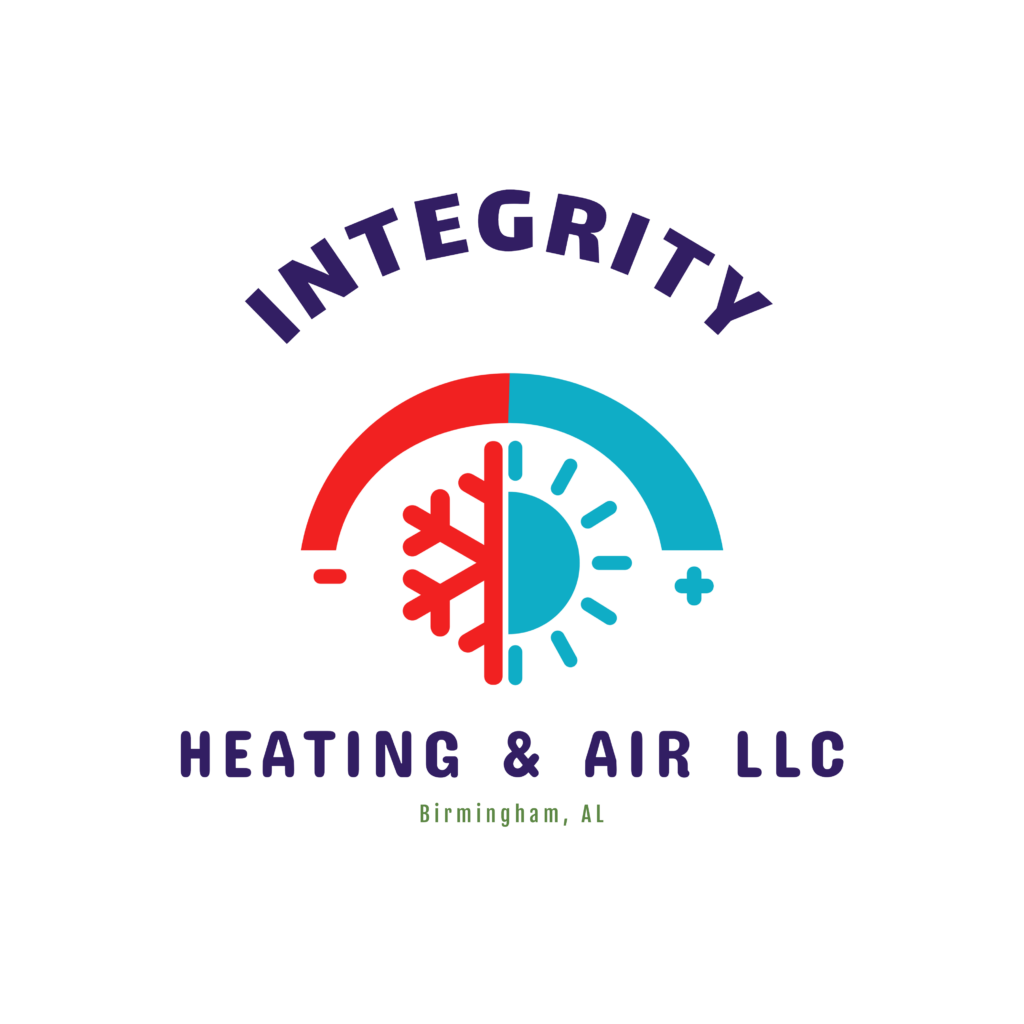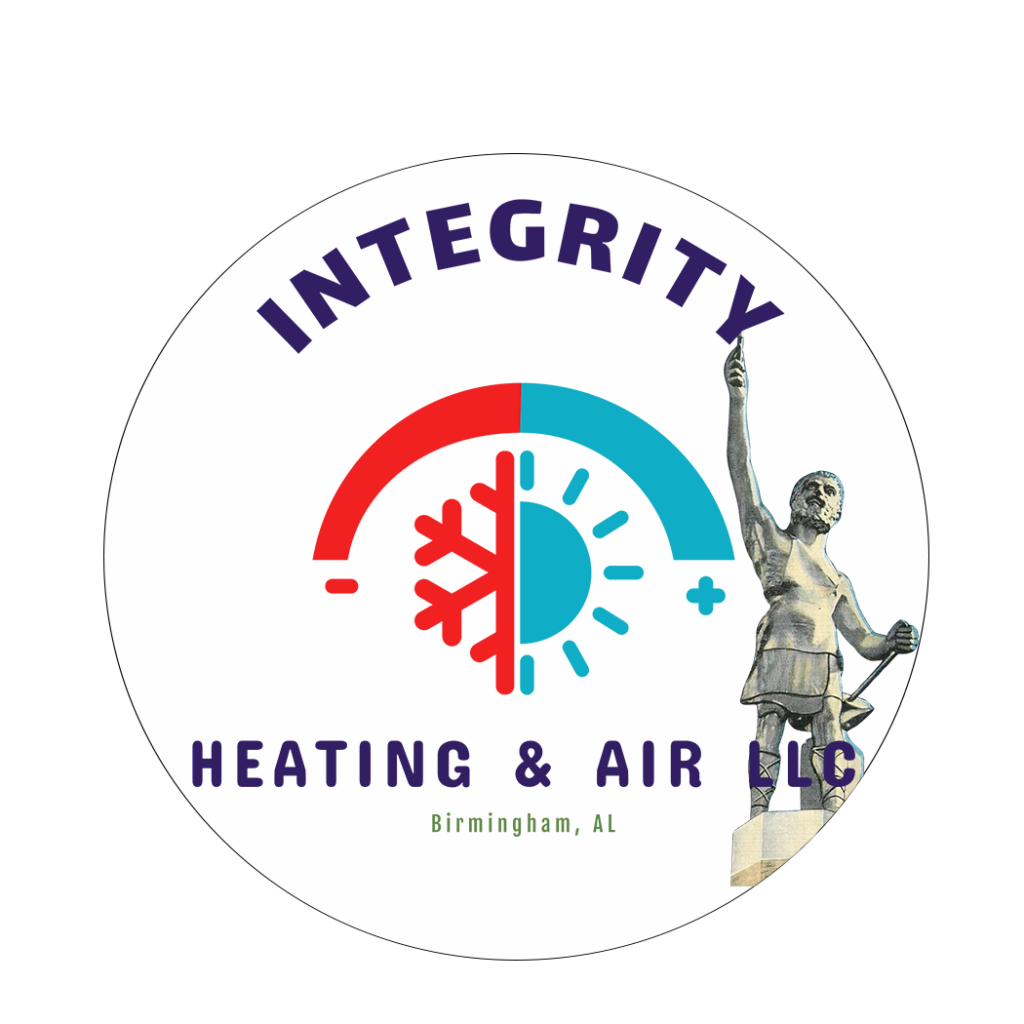When it comes to managing a building’s HVAC system, it is crucial for facility managers and building owners to understand the lifecycle costs associated with these systems. HVAC systems are a significant investment, and their performance directly impacts the comfort, energy efficiency, and maintenance costs of a building. By comprehensively examining the lifecycle costs of HVAC systems, stakeholders can make informed decisions that maximize the system’s efficiency and longevity while minimizing operational expenses.
The lifecycle costs of an HVAC system encompass all expenses incurred from the initial design and installation to maintenance, repair, and eventual replacement. By breaking down these costs into different phases, stakeholders can better understand the financial implications of their HVAC system over its entire lifespan.
1. Initial Costs: The initial costs of an HVAC system include equipment purchase, installation, and commissioning. It is essential to invest in high-quality equipment that is appropriate for the building’s size and usage to ensure optimal performance and energy efficiency. While upfront costs may seem high, choosing energy-efficient equipment can lead to long-term savings through reduced energy consumption.
2. Operating Costs: Operating costs are ongoing expenses related to the daily operation of the HVAC system, such as energy consumption, maintenance, and repairs. Energy costs can account for a significant portion of the operating expenses, making energy efficiency a critical factor in reducing overall lifecycle costs. Regular maintenance and timely repairs can also help prevent costly breakdowns and extend the system’s lifespan.
3. Maintenance Costs: Regular maintenance is essential for preserving the efficiency and reliability of an HVAC system. Maintenance costs include routine inspections, filter replacements, cleaning, and minor repairs. Neglecting maintenance can lead to decreased performance, higher energy consumption, and premature system failure, resulting in higher long-term costs.
4. Repair Costs: Despite regular maintenance, HVAC systems may require occasional repairs due to wear and tear or component failure. Repair costs can vary depending on the extent of the damage and the availability of replacement parts. Promptly addressing repair needs can prevent further damage and costly downtime.
5. Replacement Costs: Over time, HVAC systems will reach the end of their useful life and require replacement. Planning for the replacement of HVAC equipment is essential to avoid unexpected expenses and disruptions to building operations. By budgeting for replacement costs in advance, stakeholders can proactively manage their HVAC system’s lifecycle and ensure a smooth transition to new equipment.
Understanding the lifecycle costs of HVAC systems is a critical aspect of effective facility management. By considering all phases of the system’s lifespan and implementing proactive maintenance strategies, stakeholders can optimize performance, maximize energy efficiency, and minimize overall costs. Investing in high-quality equipment, prioritizing energy efficiency, and staying proactive with maintenance and repairs are key strategies for managing HVAC lifecycle costs effectively. By taking a comprehensive approach to lifecycle cost management, building owners and facility managers can ensure the long-term success and sustainability of their HVAC systems.

